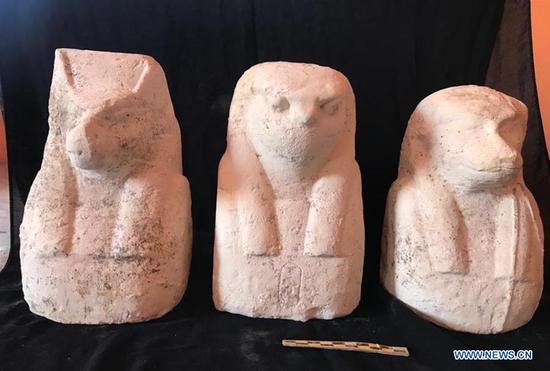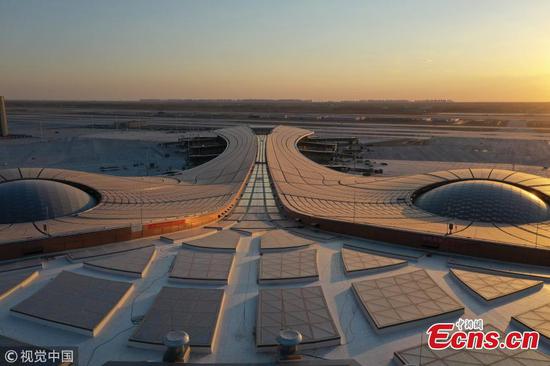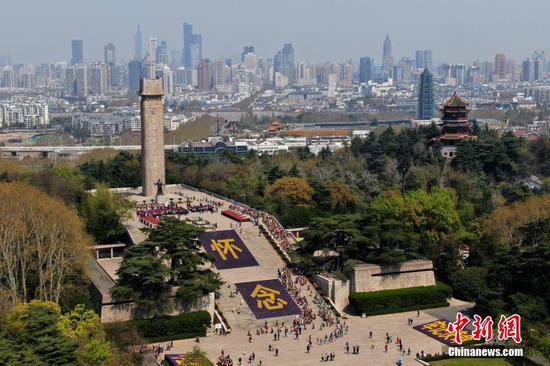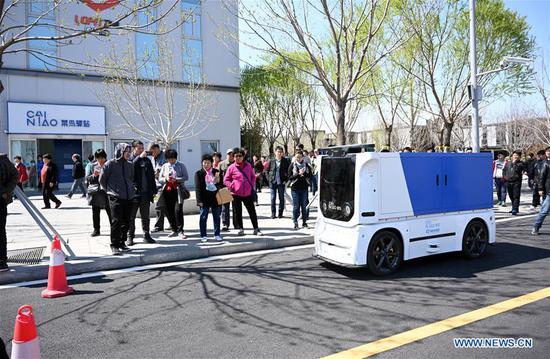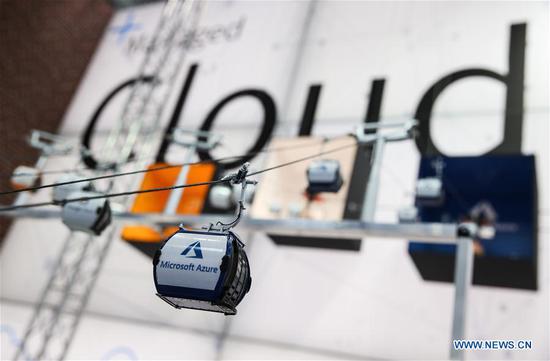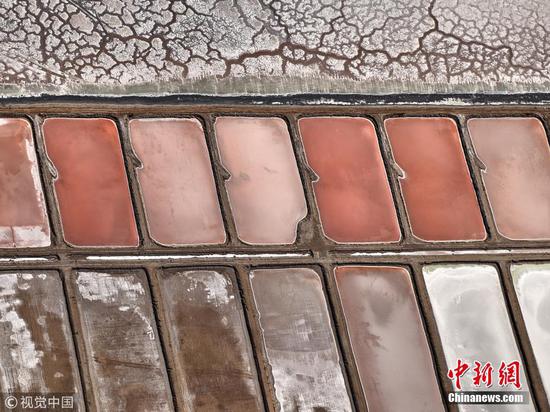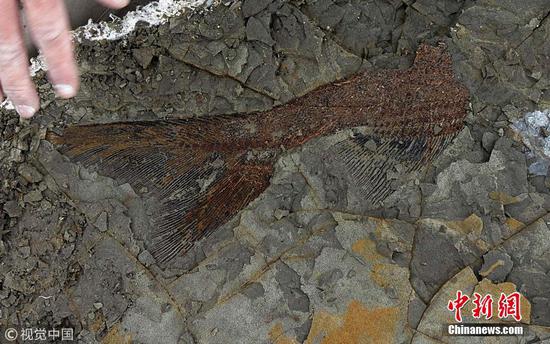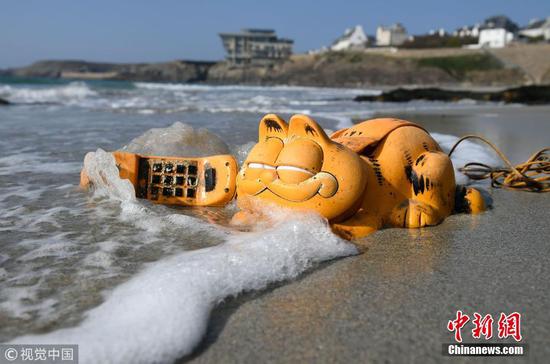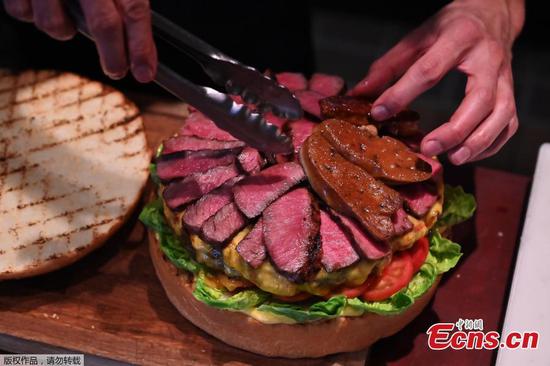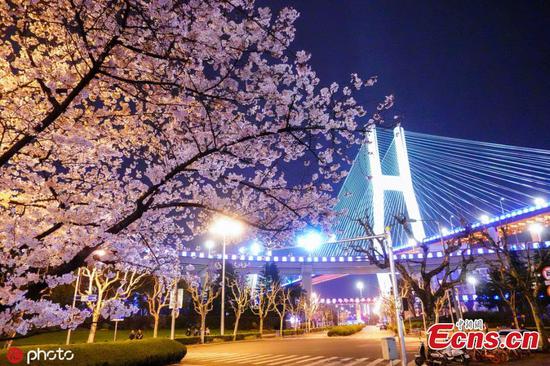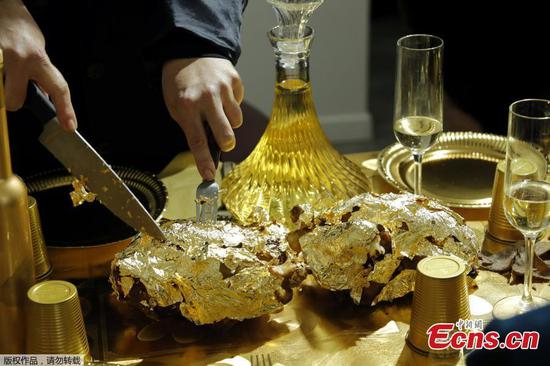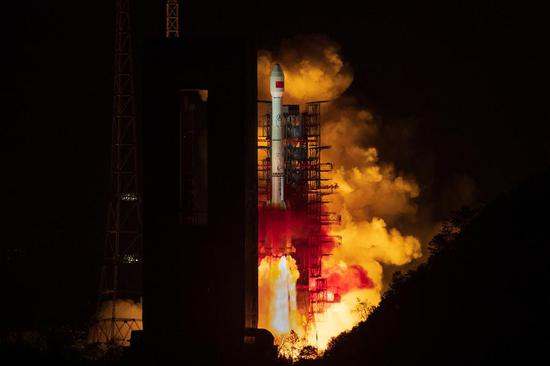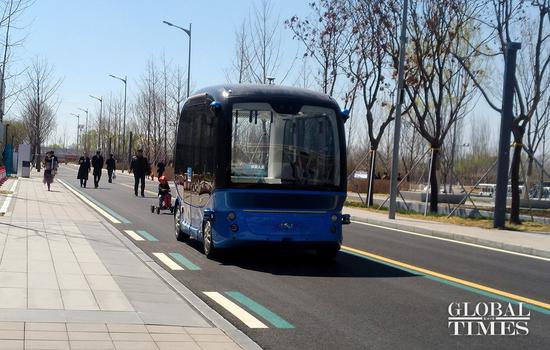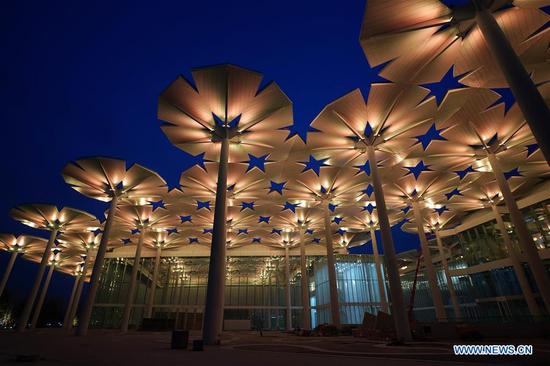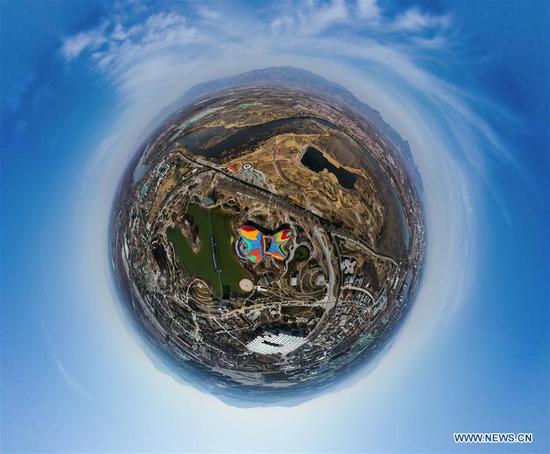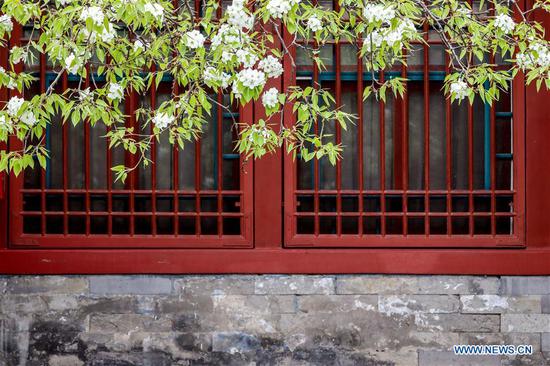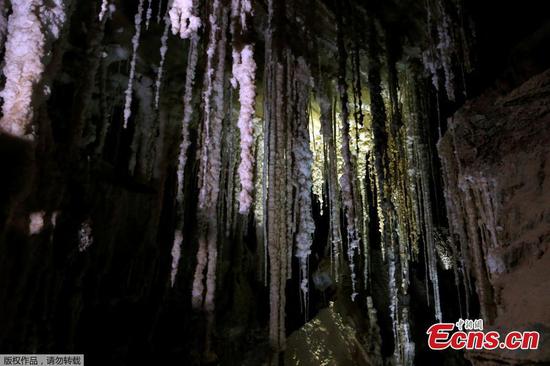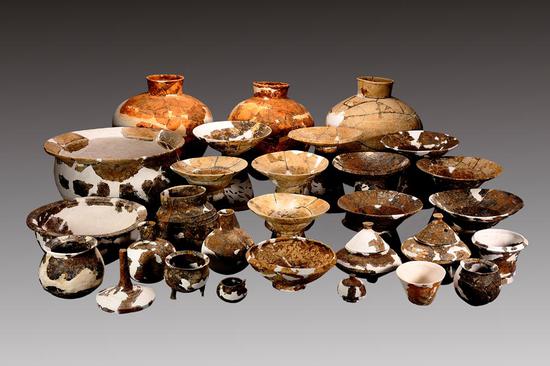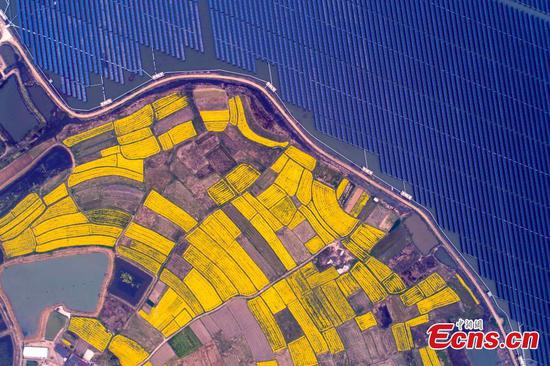The report "2019 BrandZ Top 50 Chinese Global Brand Builders" released on Friday by advertising holding company WPP, its research firm Kantar Millward Brown, and Google shows that Huawei leads the ranking followed by Lenovo and Alibaba.
The ranking was based on each company's "BrandZ" measure of consumers' predisposition to choose a particular brand – taking into account how meaningful (meeting functional and emotional needs of consumers), different (taking the lead to be the trend-setter), and salient (popping up in the minds of consumers during purchase) each brand is in seven overseas markets including France, Germany, Spain, the United Kingdom, the United States, Australia and Japan.
Huawei scored high on three aspects of Brand Power. As of June 2018, its global presence has expanded to more than 53,000 stores and 3,500 experience stores worldwide. The sales volume of wearable devices increased by 147 percent year-on-year in the first half of 2018. Despite all headwinds in the past year, its Brand Power increased by 22 percent from last year and notched up from the second to the top of the league.
Lenovo, which has been shaping its global brand for many years, ranks second and remains unchanged in Brand Power from last year. In contrast, Alibaba saw its Brand Power surging by 48 percent and made it into the top three.
Brand Power of Chinese brands increased by 15 percent from last year, tripling the growth rate of last year, indicating the growing vitality and competitiveness of Chinese companies.
That being said, local recognition of Chinese brands has declined from 19.9 percent in 2016 to 14.8 percent in 2018 among consumers aged between 18 and 34.
David Roth, CEO of WPP Global Retail Business, noted that Chinese brands should go beyond product launching and make more efforts in building brand image with human touch and unique identity. "This is the key for Chinese companies to successfully establish themselves overseas."










